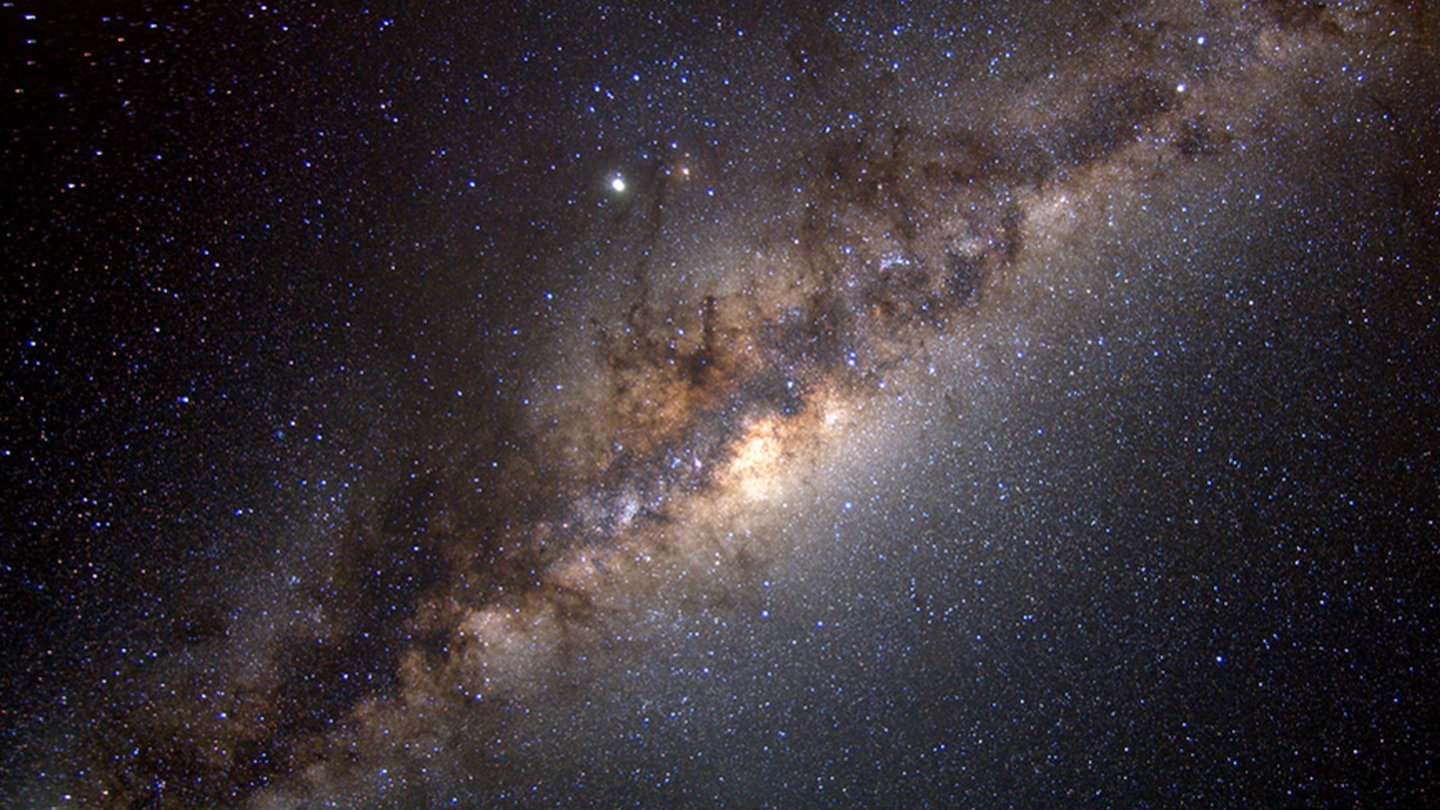

A team from Massachusetts Institute of Technology (MIT) have discovered three of the oldest stars in the universe. To their surprise, the stars were not in some far off galaxy that only the ultra-powerful James Webb Space Telescope can spot. They are in our own galactic neighborhood inside the Milky Way’s “halo,” according to a study published May 14 in the journal Monthly Notices of the Royal Astronomical Society.
The Milky Way’s halo is a cloud of stars that encompass all of our galaxy’s main galactic disk. The team believes that these three stars formed between 12 and 13 billion years ago, right around when our universe was beginning to take shape. They call the stars Small Accreted Stellar System stars–or SASS–and each star potentially belonged to its own small galaxy that was absorbed by the larger and still growing Milky Way at some point in time. These three stars are now all that remains of their former galaxies.
According to the team, they circle the outskirts of the Milky Way, where there could be more old and persistent stars lurking.
“These oldest stars should definitely be there, given what we know of galaxy formation,” MIT astronomer and astrophysicist Anna Frebel said in a statement through MIT News. “They are part of our cosmic family tree. And we now have a new way to find them.”
[Related: Youth-stealing stars could explain ‘missing giants’ at the Milky Way’s center.]
This study came from a classroom concept that began during the Fall 2022 semester, when Frebel launched a course called Observational Stellar Archaeology. In the class, students learned the techniques needed to analyze ancient stars and then applied them to stars that had not been studied to determine their origins. It included several undergraduates and recent graduates who are now co-authors of this new study.
“While most of our classes are taught from the ground up, this class immediately put us at the frontier of research in astrophysics,” Hillary Andales, a study co-author and member of MIT’s Class of 2023, said in a statement.
The class was searching for ancient stars that formed soon after the big bang–about 13.8 billion years ago. This was when the universe was mostly made of helium and hydrogen and did not have large amounts of other chemical elements like barium and strontium. The class combed through data collected by Frebel over the years from the Magellan-Clay telescope at the Las Campanas Observatory in Chile. They were looking for stars with measurements of starlight (or spectra) that indicated low abundances of strontium and barium.
They honed in on three stars that the Magellan telescope first observed between 2013 and 2014. Astronomers did not interpret their spectra and deduce the origins of them, so they were solid candidates for the class to study.
Their analysis revealed that all three stars hold very low abundances of strontium and barium. They were also low in other elements, including iron, when compared to our own sun. One of the stars has less than 1/10,000 of the amount of iron to helium compared to the sun today. The low chemical abundance was a solid hint that the three stars originally formed about 12 to 13 billion years ago.
[Related: ‘Homemade’ Telescope Spots Seven Dwarves in Space.]
“It took a lot of hours staring at a computer, and a lot of debugging, frantically texting and emailing each other to figure this out,” MIT undergraduate Ananda Santos said in a statement. “It was a big learning curve, and a special experience.”
Frebel plans to relaunch the class this fall semester. As this team continues to uncover similar SASS stars, they hope to use them as proxies for ultra-faint dwarf galaxies. These galaxies are believed to be some of the universe’s first surviving galaxies. While they are still alive today, they are too distant for astronomers to study closely and in depth. Since SASS stars may have once belonged to similar dwarf galaxies but are much closer and in our own home galaxy, they could help astronomers better understand how ultra-faint dwarf galaxies evolve.
“Now we can look for more analogs in the Milky Way, that are much brighter, and study their chemical evolution without having to chase these extremely faint stars,” said Frebel.